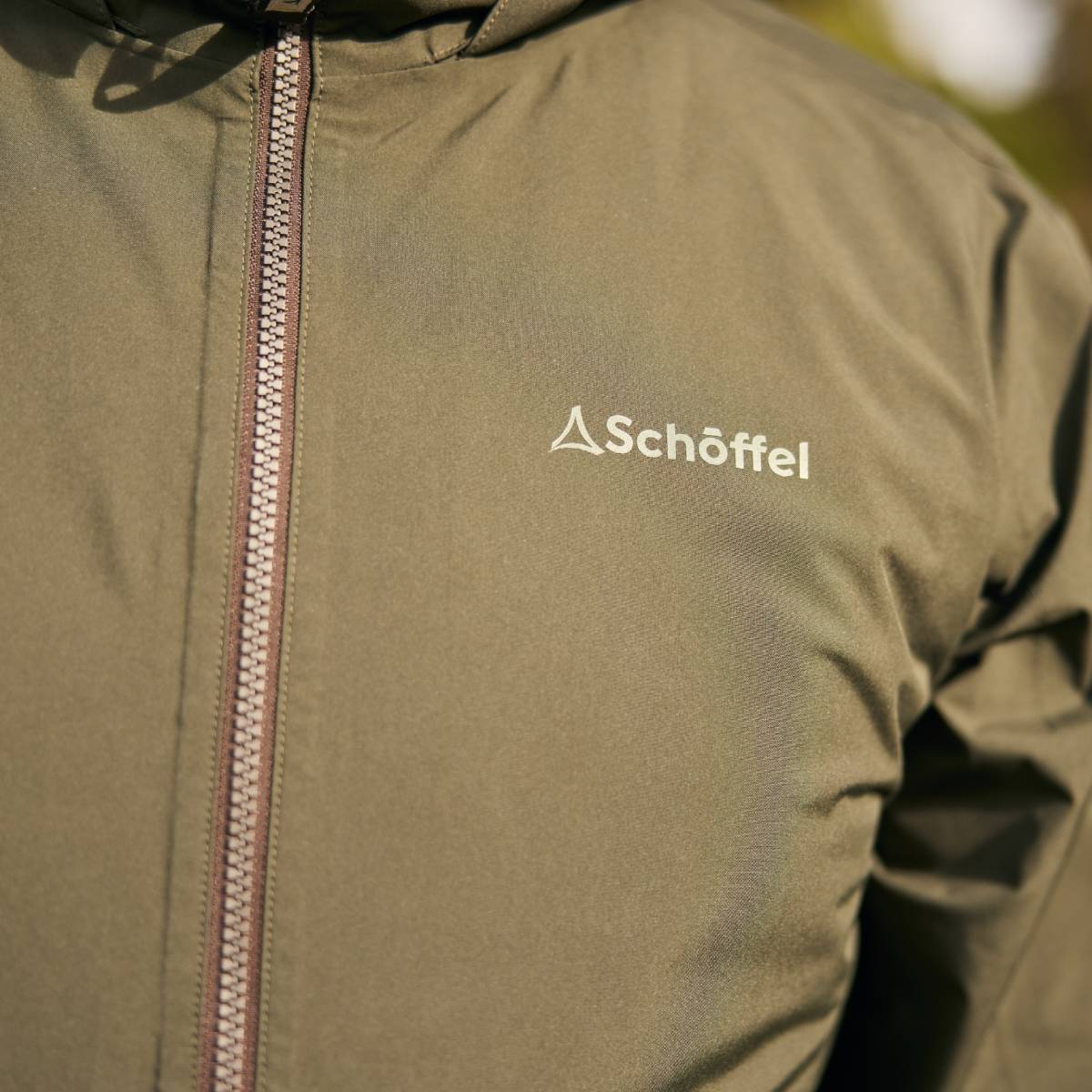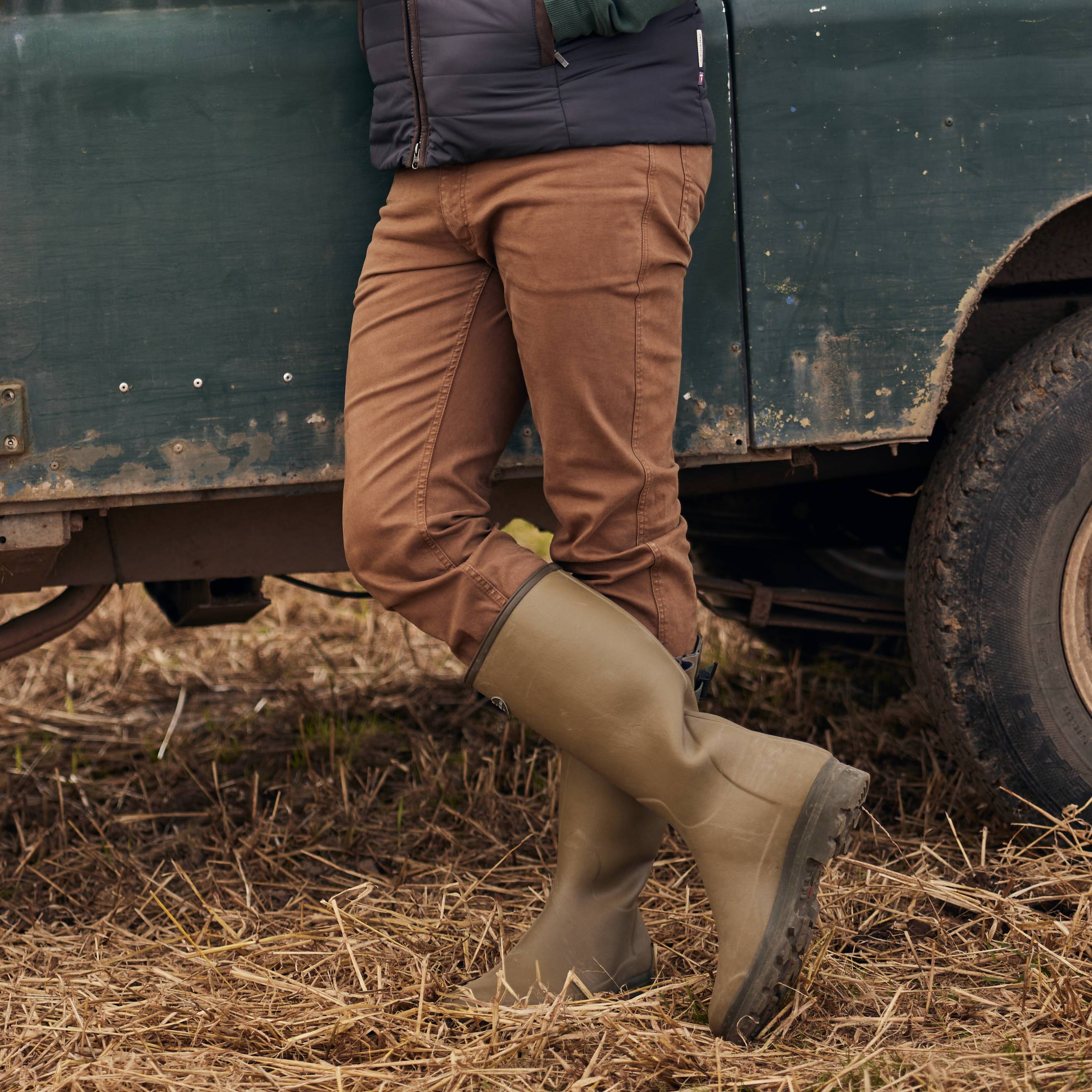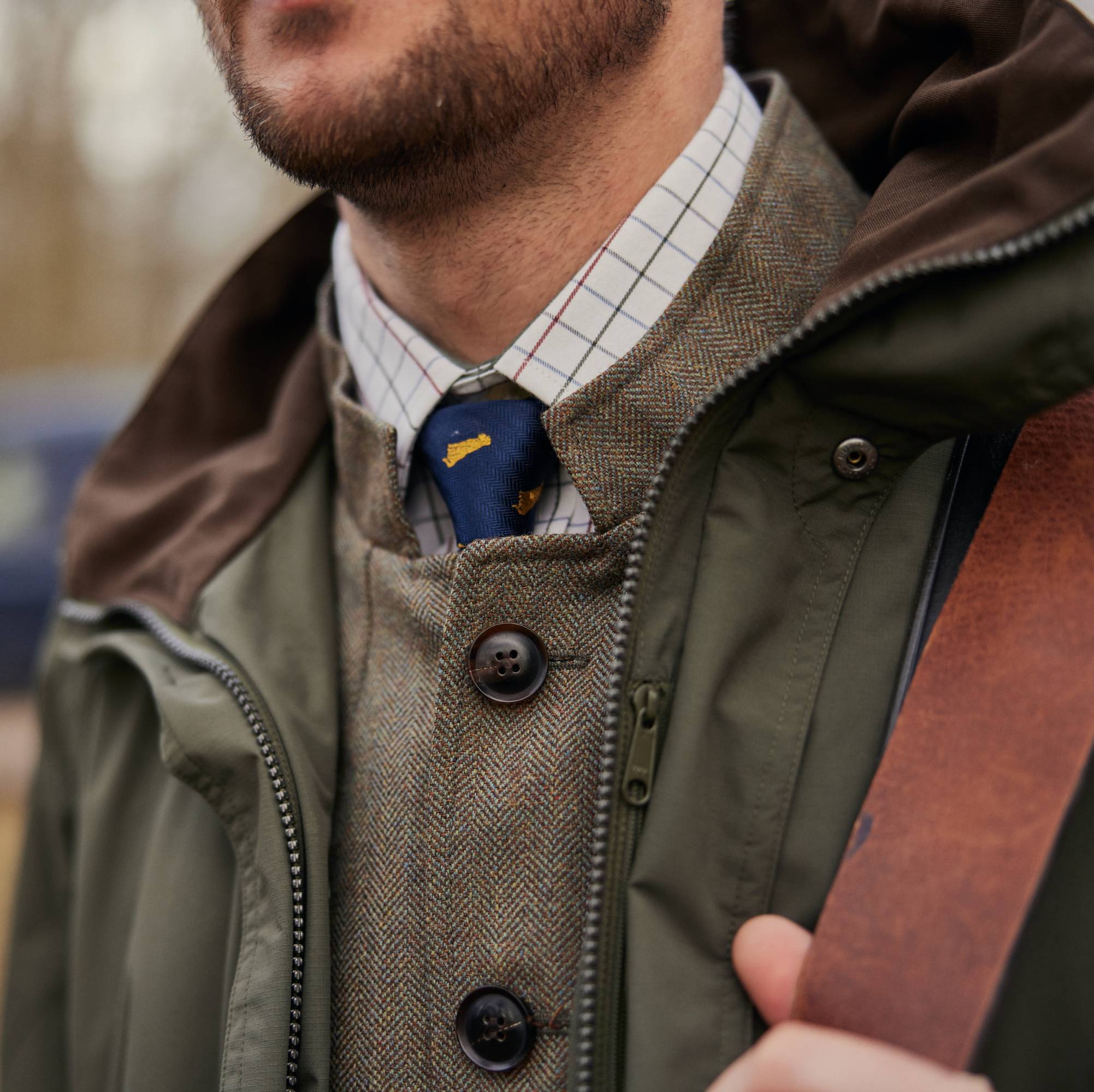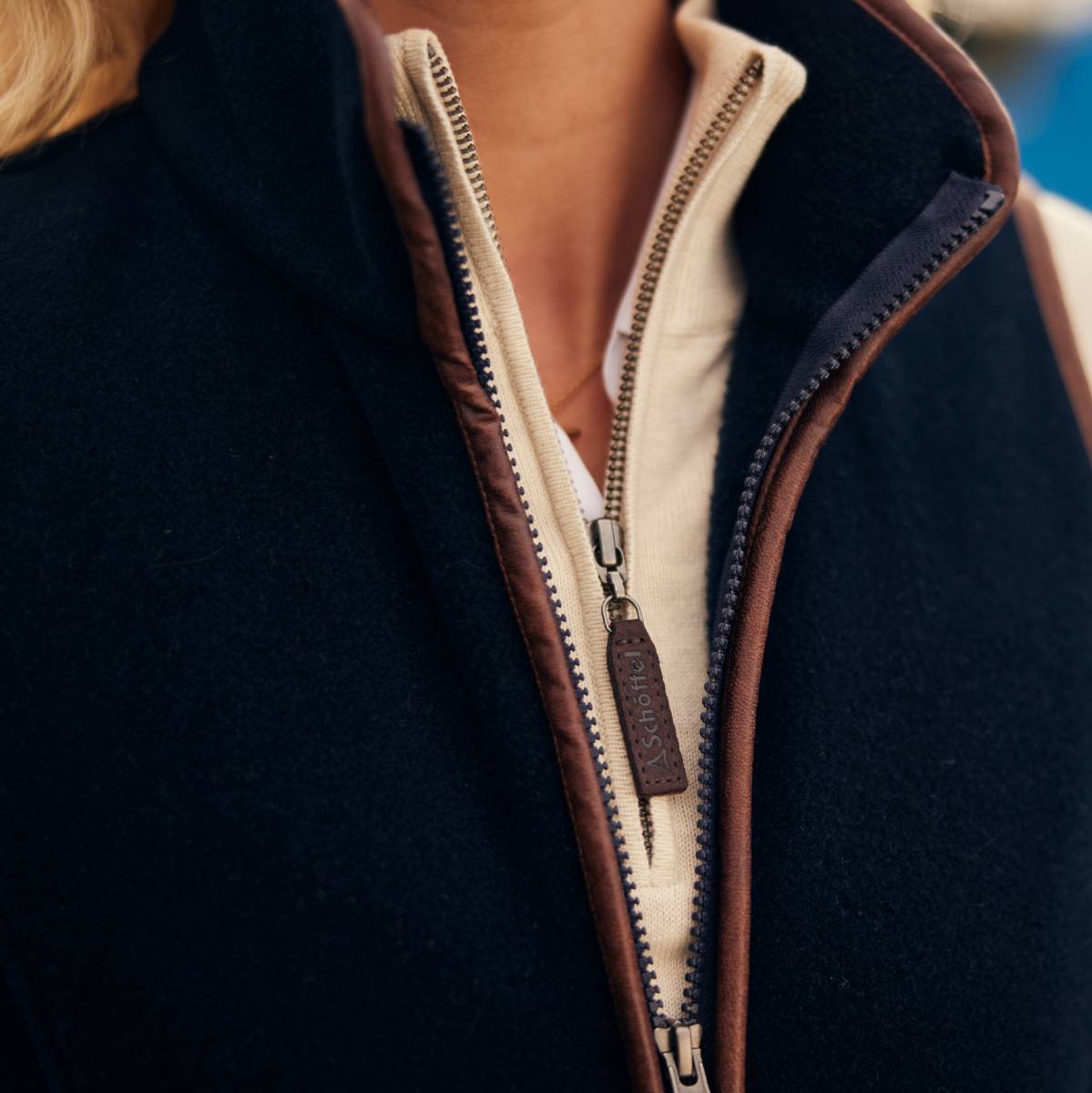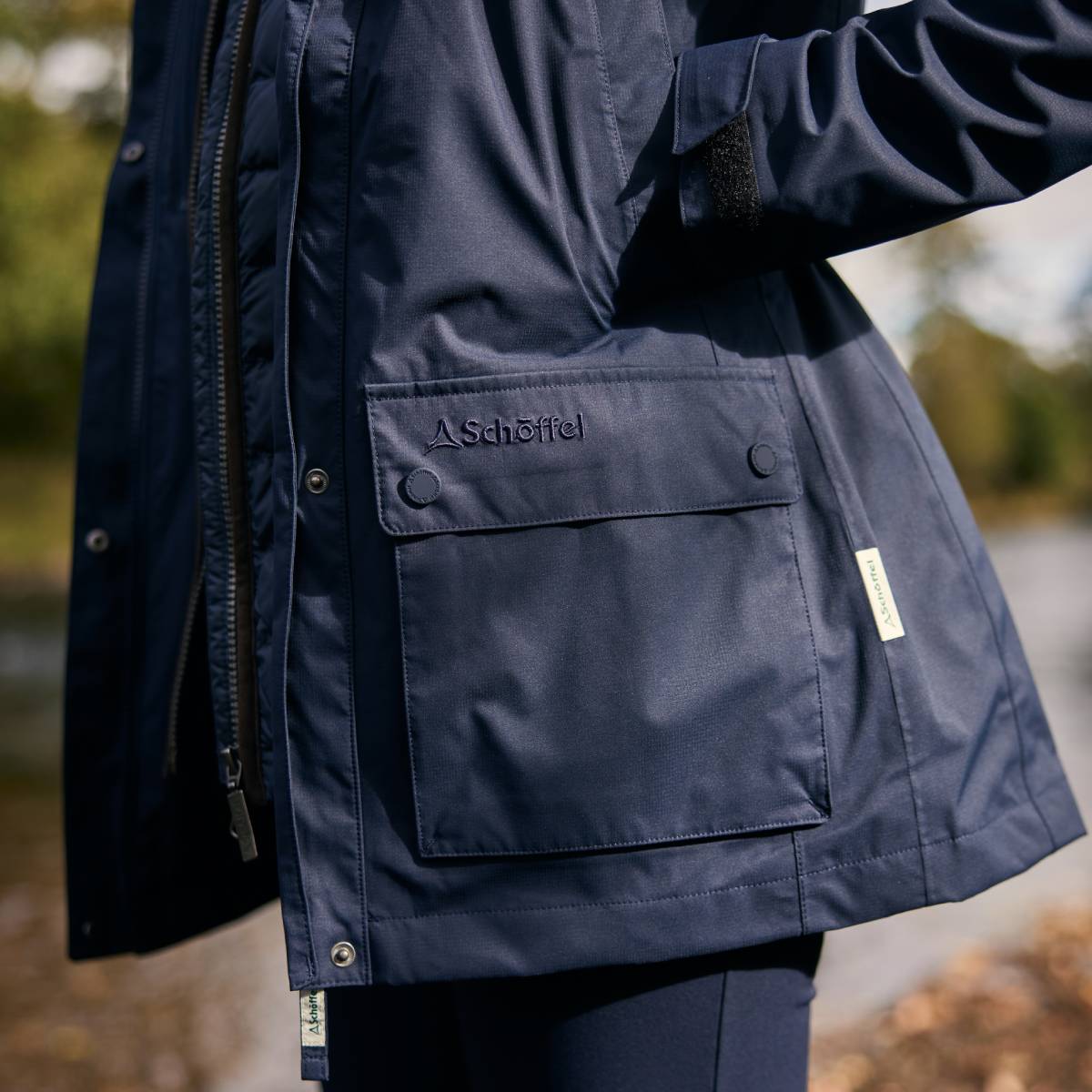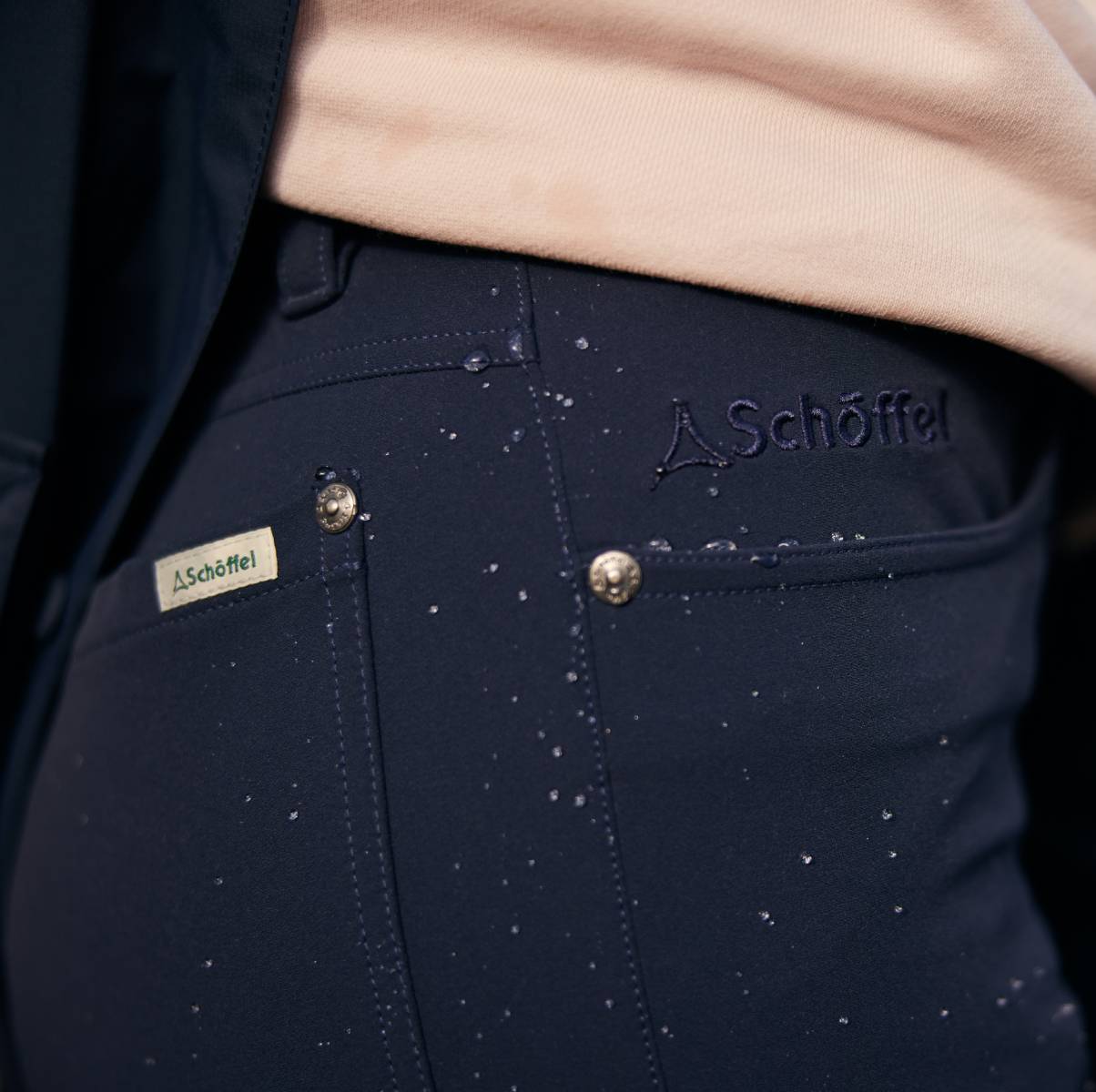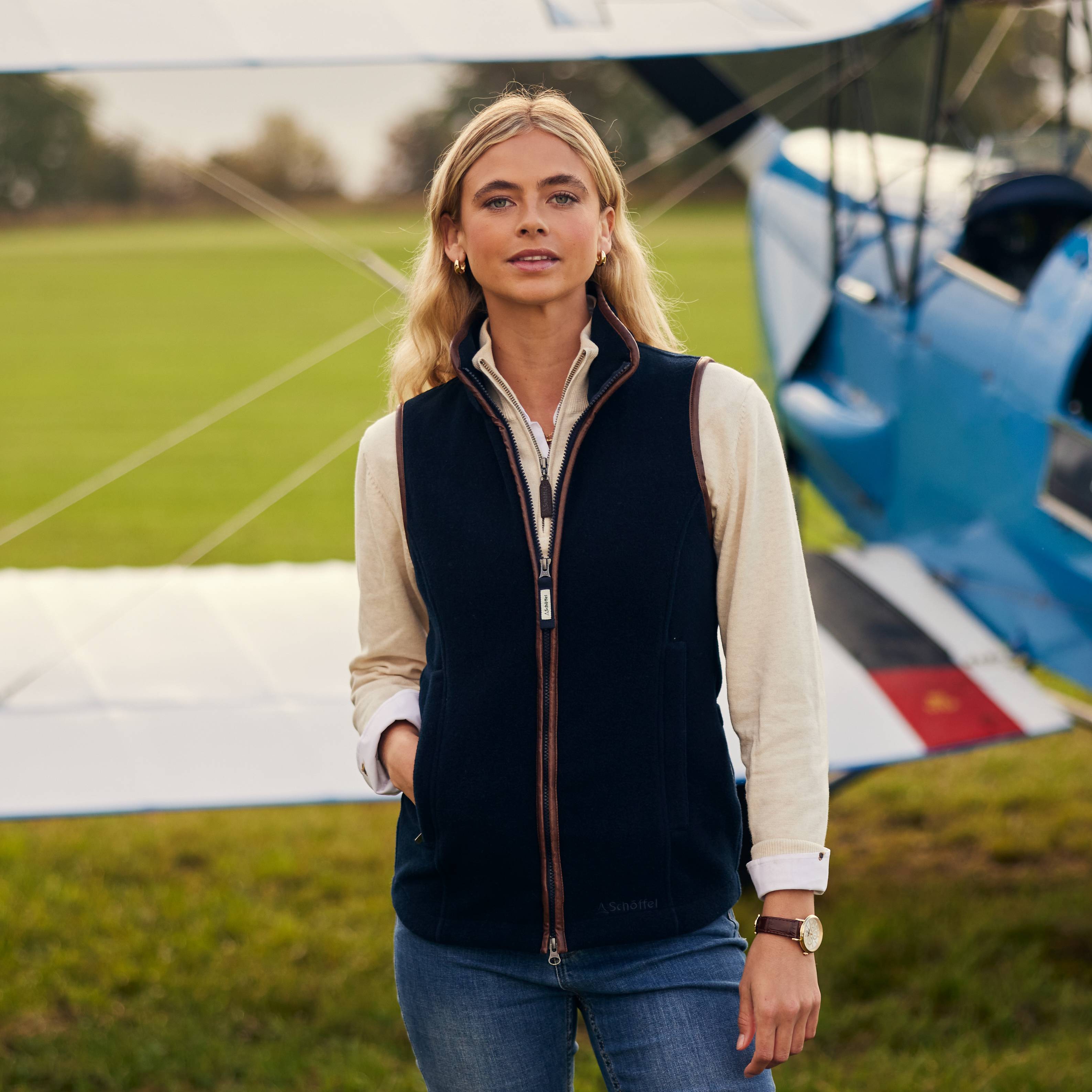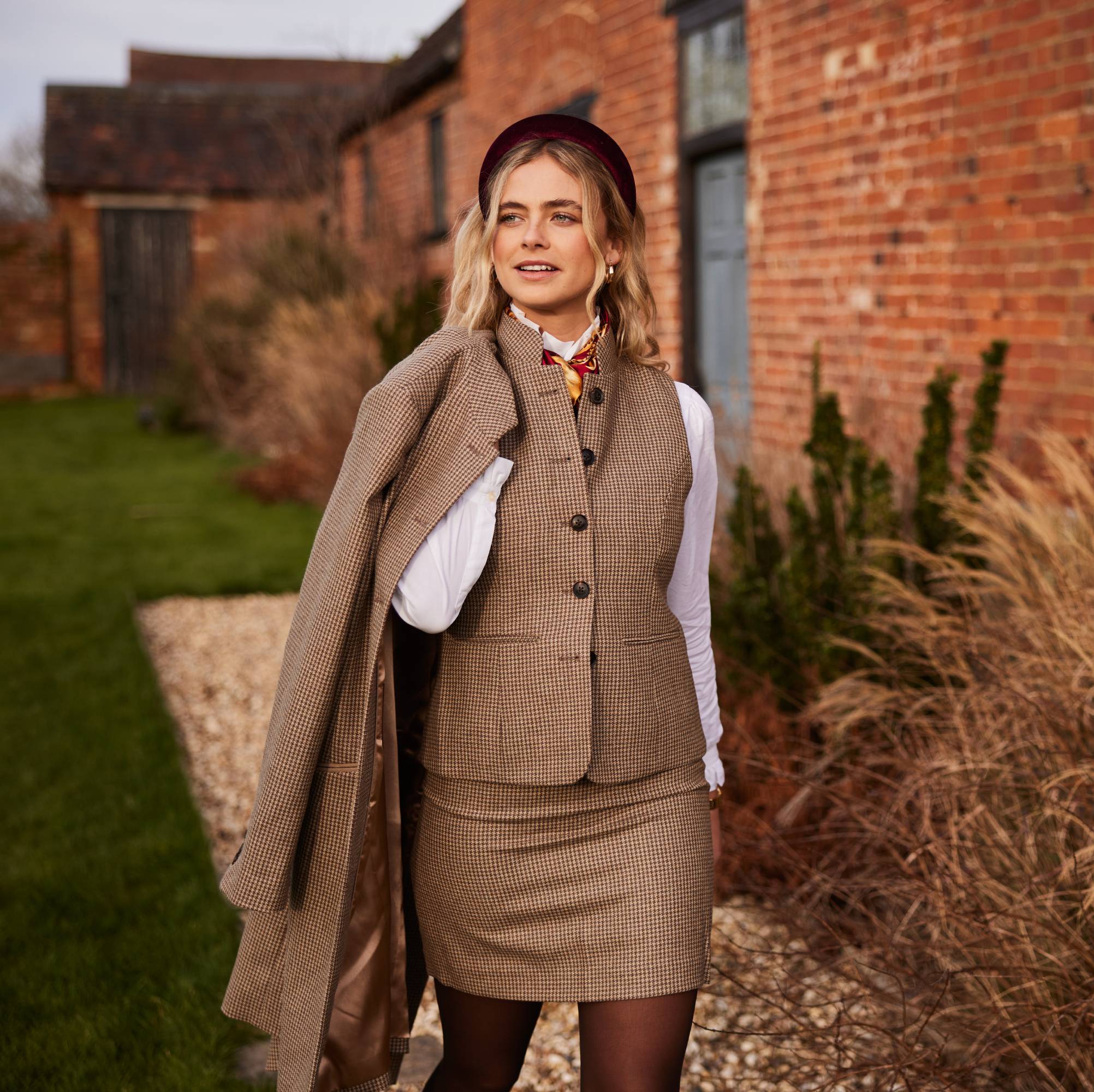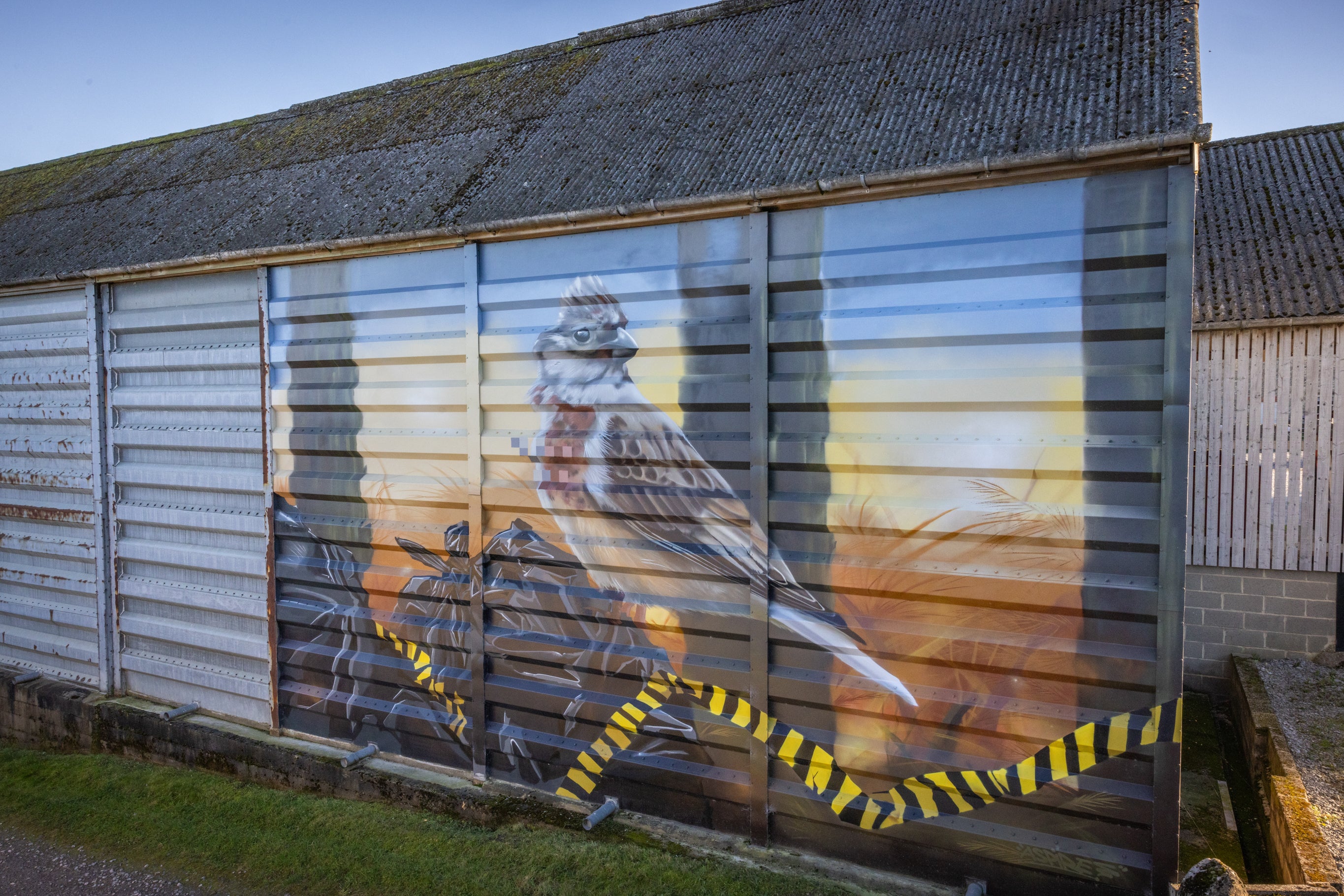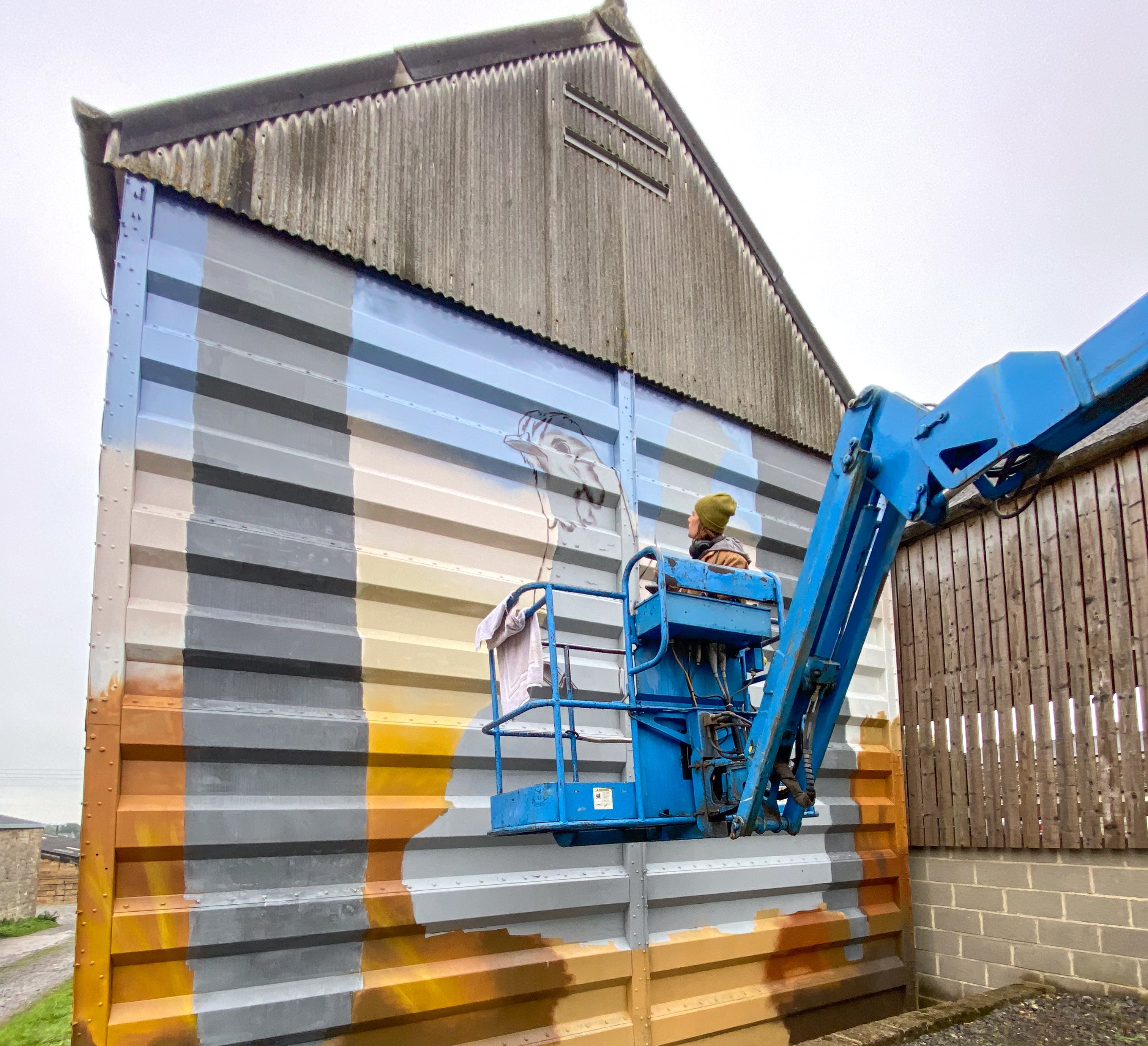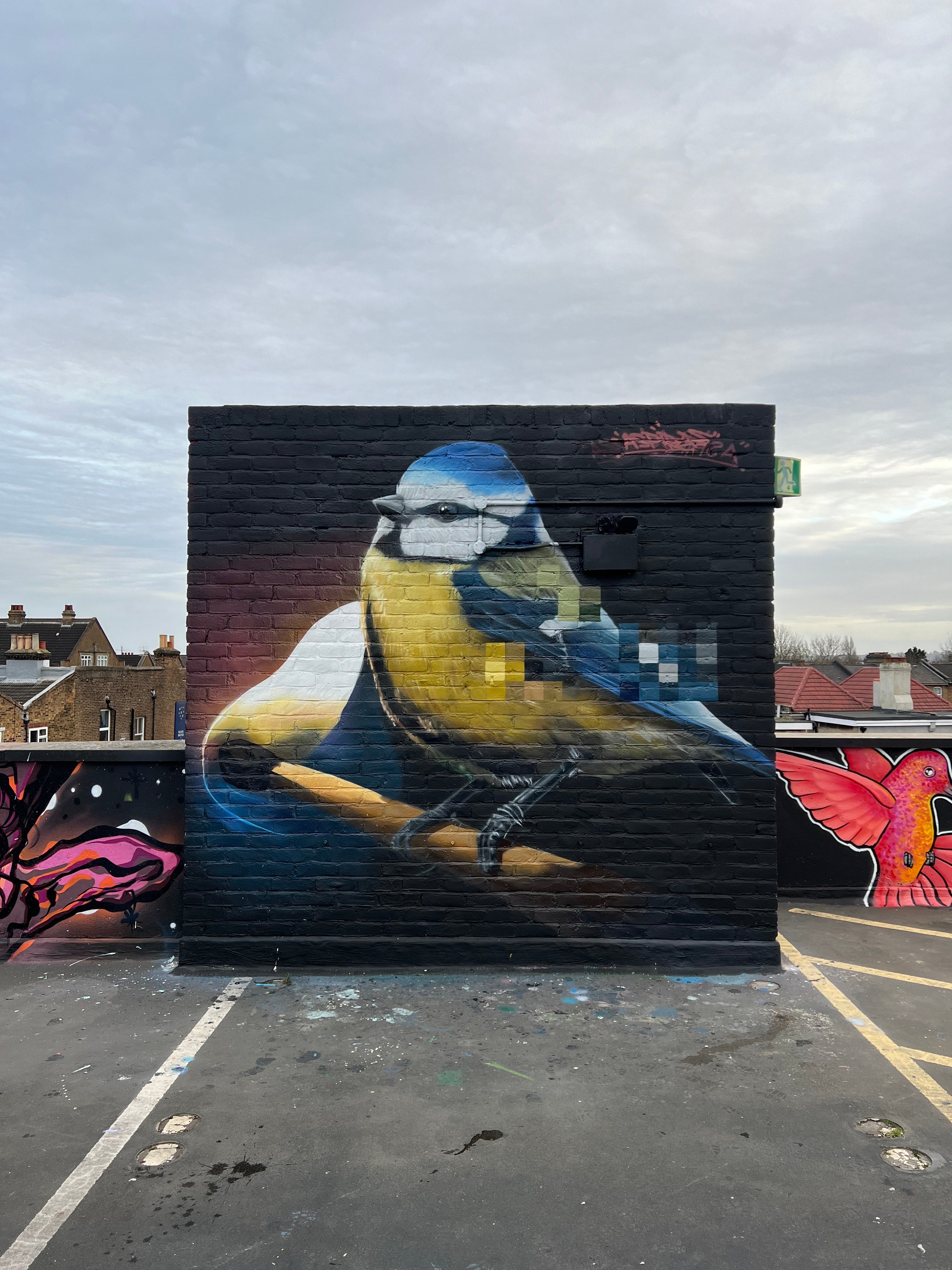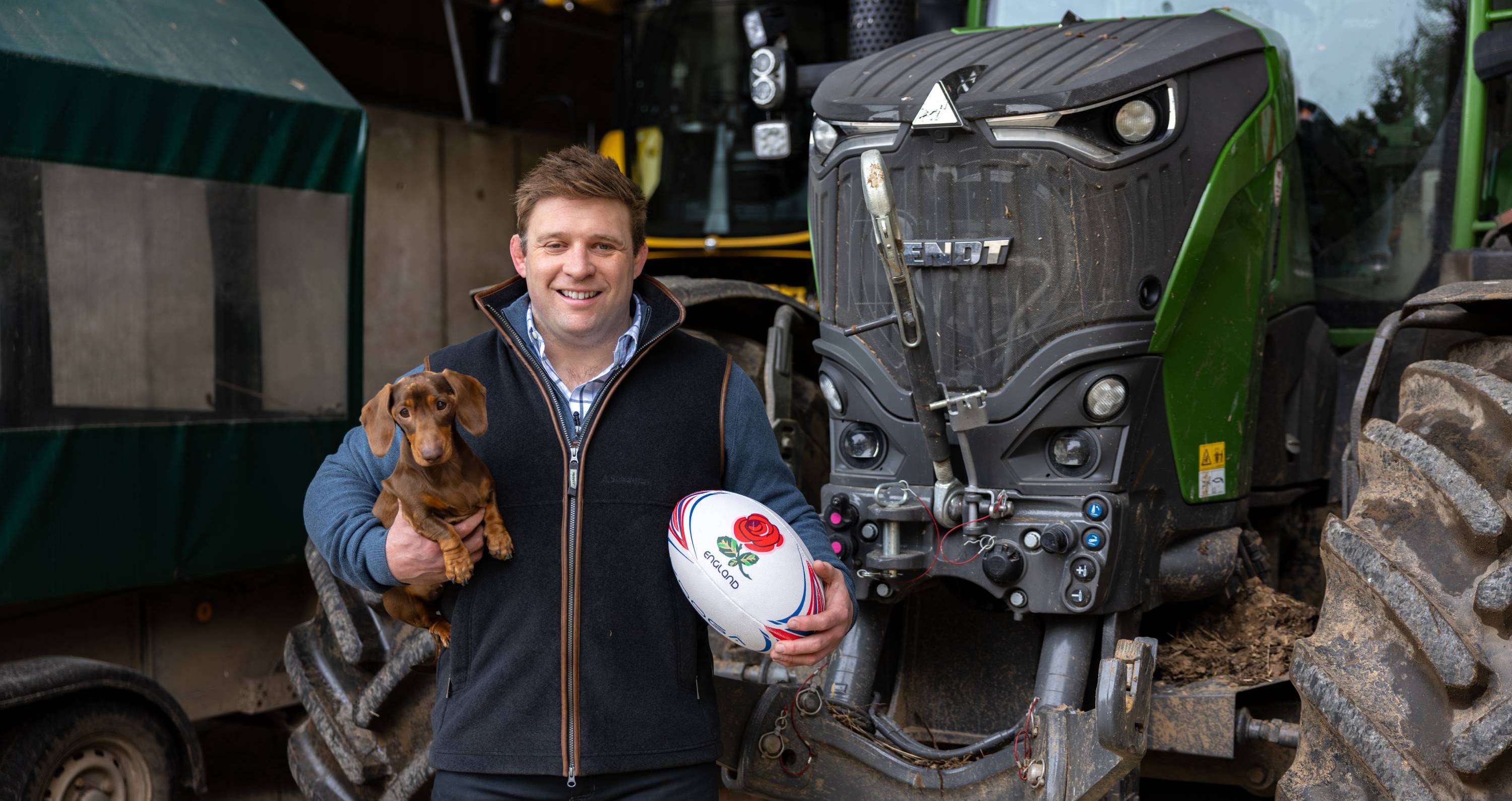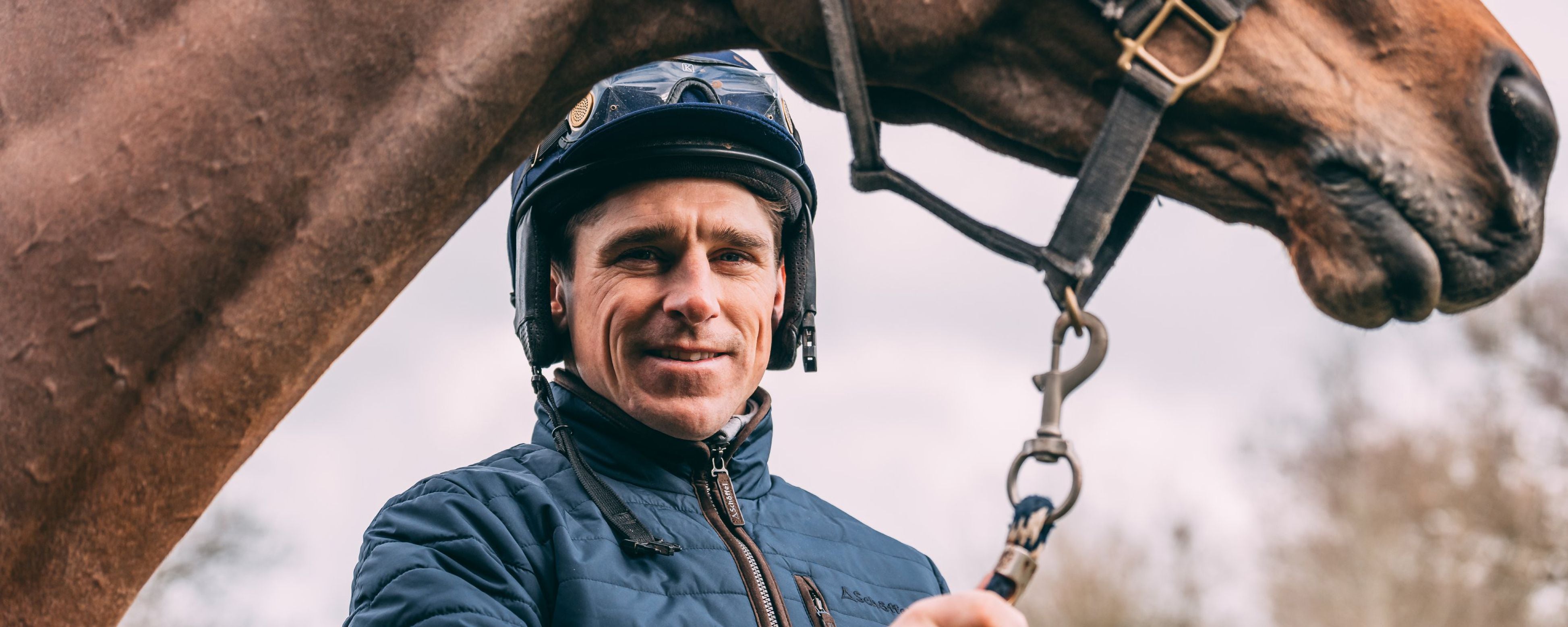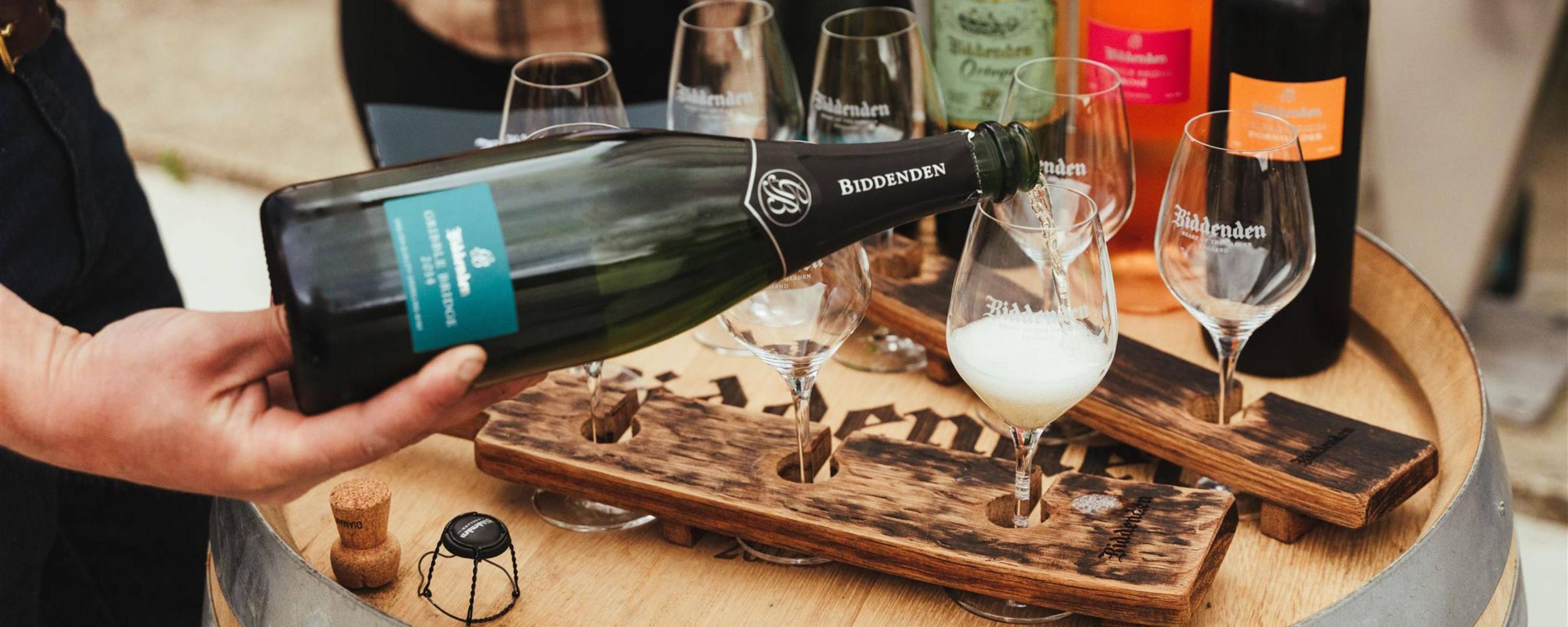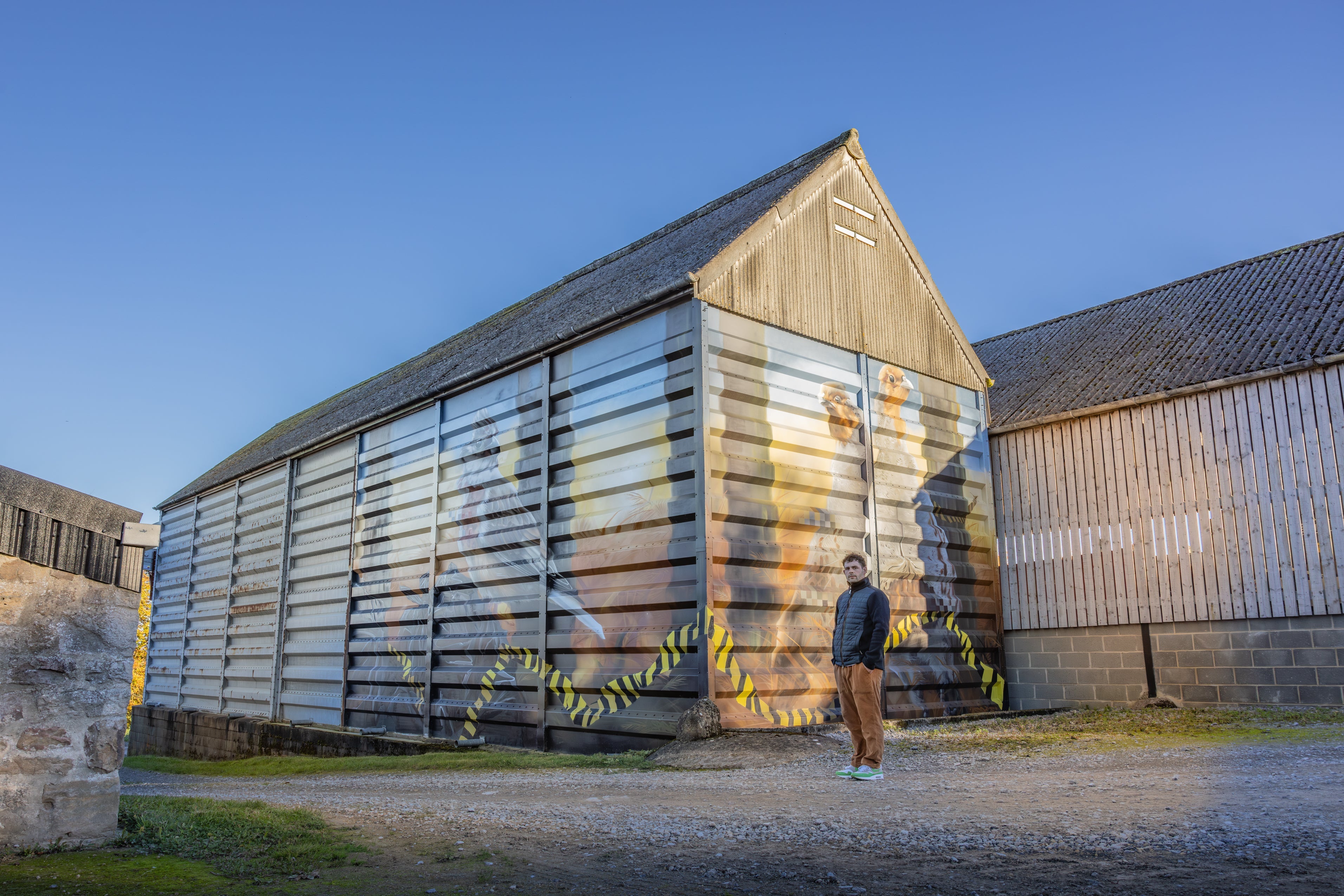
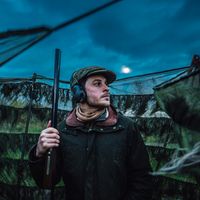
Street art in the countryside
They’re vibrant and impactful, unexpected and entirely unique... We were keen to learn more about how and why two farmers have turned the sides of their sheds into massive creative canvases.
"I imagine it’s the largest painting of grey partridges in the world. And it must be the biggest linnet..."
We stood in the yard at Harry Sampson’s farm a few miles from Bedale in North Yorkshire, staring up at the colourful outer wall of a corrugated shed.
A shadow lay across the brown, horseshoe-shaped breast plumage of one of the 15ft-high birds. Their cinnamon-coloured heads shone proudly in the early afternoon sun. It’s not every day you come across street art in the countryside – certainly not at this scale...
Like all art worth stopping to admire, the massive, spray-painted mural that had drawn us to Harry’s in the first place has a bit of a story behind it – an underlying message.
"I’ve always been interested in street art, and I have a farm, so this sort of thing aligns pretty well for me," said Harry, whose family have been looking after the 850 acres that surrounded us for a century now. "But, more than that, I wanted to create something that catches the attention of passers-by and alludes to some of the species we’re trying to help here."
The idea first came to Harry when attending an open farm event. “One of the speakers, Ben Taylor-Davies [aka Regen Ben – keep reading], had commissioned his own after seeing the Silo Art Trail in Australia. I looked into it more when I got home, messaged a few artists, and told them about this vision I had.”
The inspiration for the massive mural, which sits just 15 yards from a public footpath, comes from the farm itself. “Conservation has always been a fairly major part of what we do here,” Harry continued. "We're heading pretty rapidly down the regenerative agriculture route, too.” He went on to describe how several red-listed birds now call the farm home – thanks, no doubt, to the thousands of metres of hedgerow that his father Mark has planted, the network of stewardship margins, and the cover crops and predator control that tie in with the family’s small game shoot.
“I settled on Rob Aspire, of Aspire Artwork. I like his style. The first thing I did after our initial conversation, was send a list of bird species to him. I was keen to have a grey partridge and another bird – or a couple of others. The tricky part was trying to work out how to do it so the scales were right and it didn’t look too busy.”
We walked around the corner to look more closely at the third bird, a huge linnet sat atop a couple bin bags. “The rubbish pile was included as a reference to fly tipping and the issue it can be,” Harry explained. “Adding the caution tape was Rob’s idea – a nod, if you like, to the red-listed status of the birds featured and the fact that we’re in a designated Conservation Area."
Not surprisingly, people regularly stopped on the footpath to admire the novel creation coming to life. "It was pretty unbelievable to watch it come together over the course of the five days," Harry told me. "Every time I came to have a look it just became more and more photo-realistic. He nailed it.”
Still now, the mural receives a fair bit of attention. “I keep meaning to get a plaque made to explain more about it and the species featured," said Harry. "Hopefully, as word gets out about it, I’m hoping that more people will come to see it. I’d love to be part of trying to get something like an art trail going - you know, the sort of thing that raises awareness of issues in rural areas and species that need our help in the countryside..."
The process | A catch-up with the artist
The more we discussed the mural at Harry’s, the longer the list of questions I had about the process grew. How to achieve such accuracy at such scale? How much preparation is involved? What are the main challenges? How does an artist build their way up to such vast projects? I was keen to glean the answers, so I called Rob Aspire.
Thirty-seven years old and based in London, Rob first got into street art through painting graffiti. “I always spent more time on my characters than graffiti letters,” he told me, “so I naturally followed that course, and eventually the pictorial side of graffiti was labelled as ‘street art’!
“A lot of my first paintings at scale were done off ladders, trying to use as much of a facade as possible. Even now, all of my work starts in a sketchbook before I move on to painting the bigger, final version.”
Rob explained how, with Harry’s mural, they discussed the different options for species and the most effective way to make use of the space available. “Once the idea was in place, we set a date and hoped for good Yorkshire weather!
“I sketched the idea out in spray paint and blocked in the main shapes in an exterior paint, then began painting the work. I remember the delivery driver left half my paint on the van and took it back to Leeds, which caused quite a stressful delay! The Sampson family were a great help, though.”
As for the painting itself, and the secret to that level of accuracy, Rob explained how spray paint comes out quite wide, so the larger the scale, the finer the line in context. “Practice and familiarity with the paint’s characteristics are also key,” he added, before reeling off the main challenges when painting outdoors: “access, the weather, saving energy for the time-consuming parts... oh, and delayed paint orders!”
Much of Rob’s work involves birds, albeit usually in quite different environments. He’s referred to as ‘Birdman’ in street art circles. “I like owls, falcons and kingfishers for the expressions and plumages,” he told me when I asked if he had a favourite subject. “My go-to bird is probably a blue tit, as I can almost draw them without a reference photo now! Painting small species at large scales is an interesting concept and has some great connotations aesthetically and conceptually.”
We discussed the relationship humans have with nature, especially birds, and how more people from the countryside are expressing an interest in Rob’s art. “I find city folk want to bring the idea of nature to their urban areas, whereas the country folk want to romanticise the idea a bit more,” he observed. “I really enjoyed painting Harry’s mural, as it sat somewhere between the two.
“On a personal level, I see my work as a giant sketchbook and, city or country, would like to bring nature back into people’s minds. If I can do something as simple as help others learn the difference between a blue tit and a robin, my work is done!”
‘New Horizons’ – a sight to behold
Harry’s partridges are undeniably unique, there’s no doubt about that, but he’s not the only farmer in the country to transform a barnside into a creative canvas...
Ben Taylor-Davies, who farms near Ross-on-Wye in Herefordshire, has a 22x9m spray-painted barn-side landscape that represents an expression of his admiration for art, its application to storytelling, and the messages he’s trying to spread about farming in a productive and sustainable way.
“I’ve always admired art because I can’t do it,” he laughed when I caught him on his way to a regenerative farming conference. “I can’t play a musical instrument, I can’t speak a foreign language, and I can’t draw. Therefore, they’re the few things in life that I’m desperately jealous of and fascinated with!”
Ben described how he used to go to Upfest – Europe’s largest street art and graffiti festival – in Bristol, and has long been in awe of that style and the artists that practise it. “I’m also a Liverpool football club season ticket holder; all-around Anfield are huge murals of historic figures – players and managers – and quotes on the sides of houses, etc. One day it struck me and I asked myself, ‘why am I not doing something like this at home?’.”
The messages he wants to spread are hugely important, too, and relate to the great efforts Ben is going to at Townsend Farm to, as he put it, “reduce pesticide use, improve soil health, reduce our carbon footprint, look after the environment, and produce nutrient-dense, high-welfare food that makes us very happy.”
It all comes back, he says, to working with nature – and diversity. “What we’ve found out is that when we work with nature, she’s quite giving,” he explained. “Fighting nature costs a lot of money.
“As for diversity – well, it’s key, whether that is diversity in our soils, our cropping, or the people and businesses that run out of the farm. When you add diversity, you add resilience, and that’s massively important to our farming ethos here.”
For Ben, diversity manifests as a wide array of crops, animals, and enterprises. “We have an agroforestry project, we grow all sorts of fruit trees, we have a vineyard, asparagus, potatoes, cover crops, herbal leys, ancient wheat, triticale, OSR with companion crops, barley, sugarbeet... Then on the livestock side we have cattle, sheep, pigs, goats, chickens, ducks, bees. They all have their place!”
The mural itself is a sight to behold. Packed with detail, it would be easy to miss certain aspects if you didn’t take the time to absorb it all.
“We used an artist called Ollie Gillard at Gage Graphics,” Ben told me. “I had a good idea of what I wanted to include, but I also wanted to give him enough artistic licence to make it his own.
“I wanted it to be fun and vibrant and give you a feel-good factor while highlighting the plight of the River Wye. I wanted to talk about some of the history in there, what we were doing on the farm and what we aspire to.
“It was important that Ollie came for a tour of the farm and understood a bit about what was going on, and what we were trying to achieve. Then he'd appreciate some of the key messages we wanted the piece to convey. What he came up with was absolutely incredible!”
Indeed, the messages that weave through the mural are many and varied. There’s a picture of a combine cutting wheat, behind which is an understorey of green clover. “When you harvest wheat in July and there’s a lot of solar radiation coming to earth, an undersown perennial crop can capture that energy with a crop rather than it being wasted on bare soil and stubble,” Ben explained.
Then there’s a hedgehog licking a big slug off a plant; “Ross-on-Wye is famed for its hedgehogs”. There’s reference to the River Wye, a watercourse that runs through Ben’s farm and is, he says, in dire straits. But more obvious – smack-in-the-face obvious – is the stark contrast of two farmed landscapes. “On the one hand is the green, healthy, diverse countryside. But also featured is the over-farmed opposite – too much bare soil, erosion, corvids galore.... It’s to show how green, rather than brown, farming should be,” Ben put it, simply.
“At the end of the day, I feel that as farmers we should be engaging more with the public. And, where it is the case, we should be proud to showcase the strides we're making in producing food in a way that enhances the environment."

